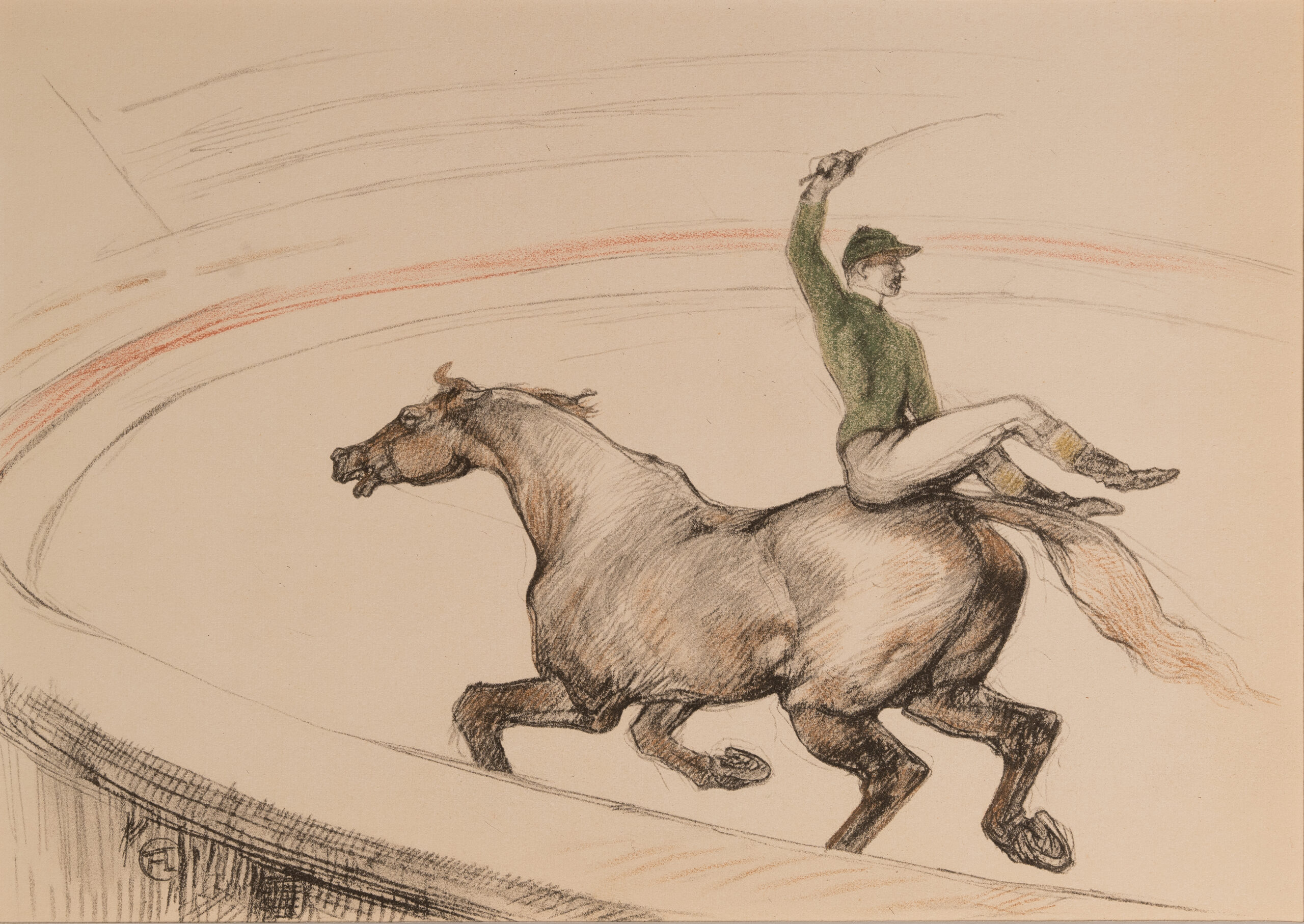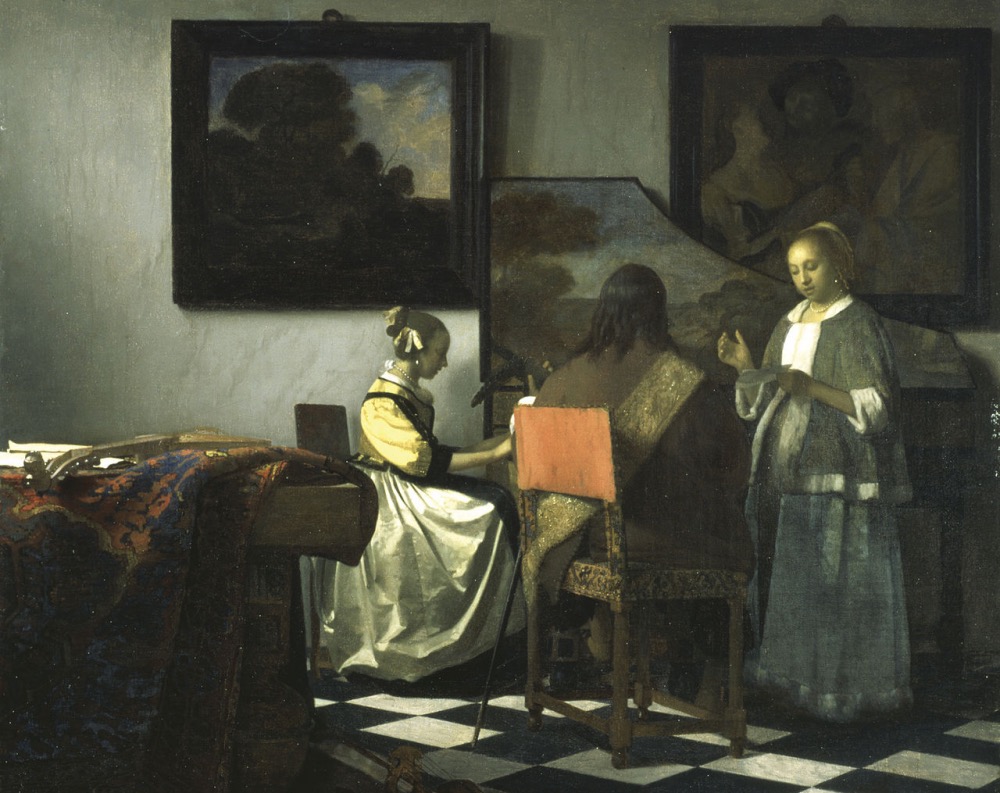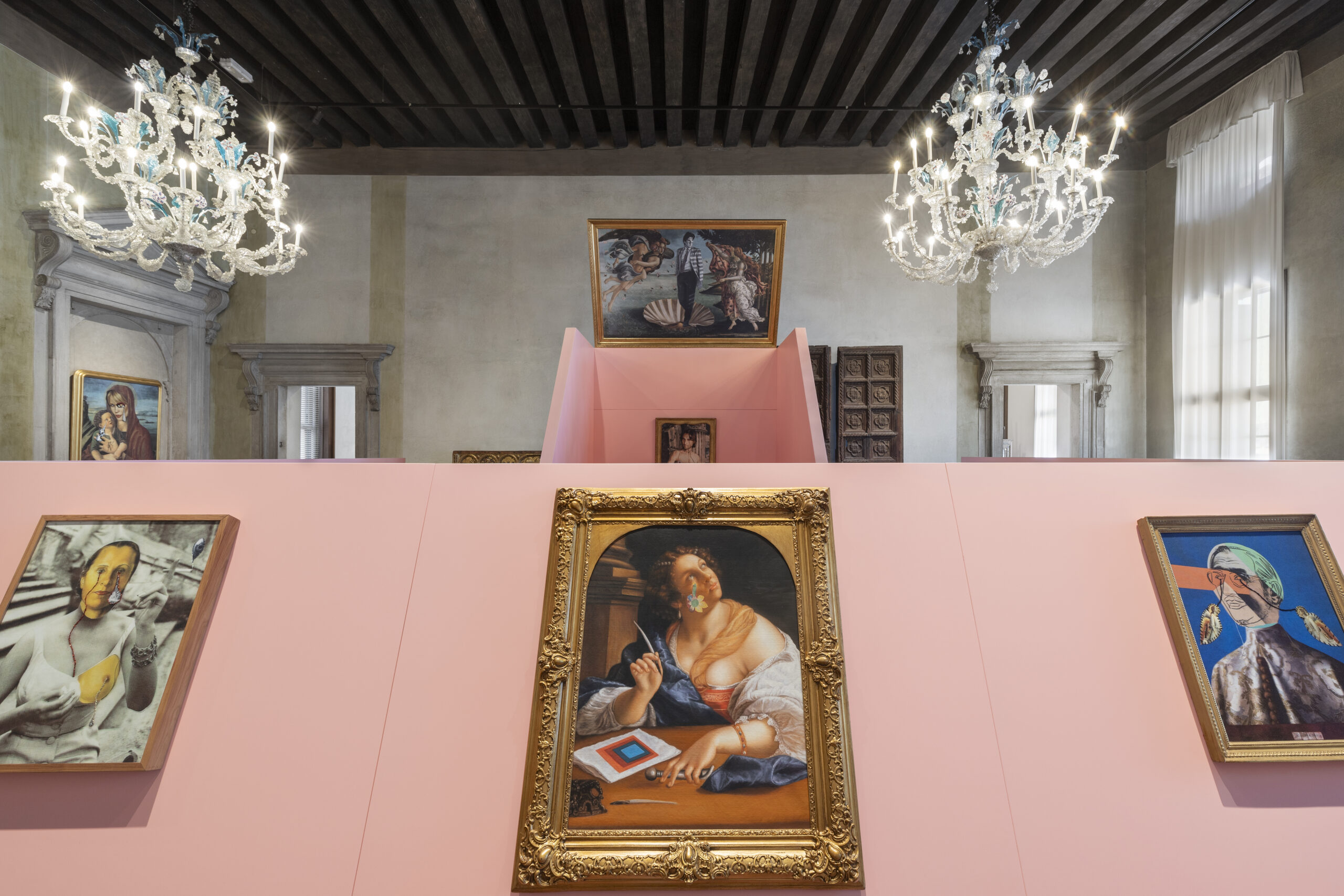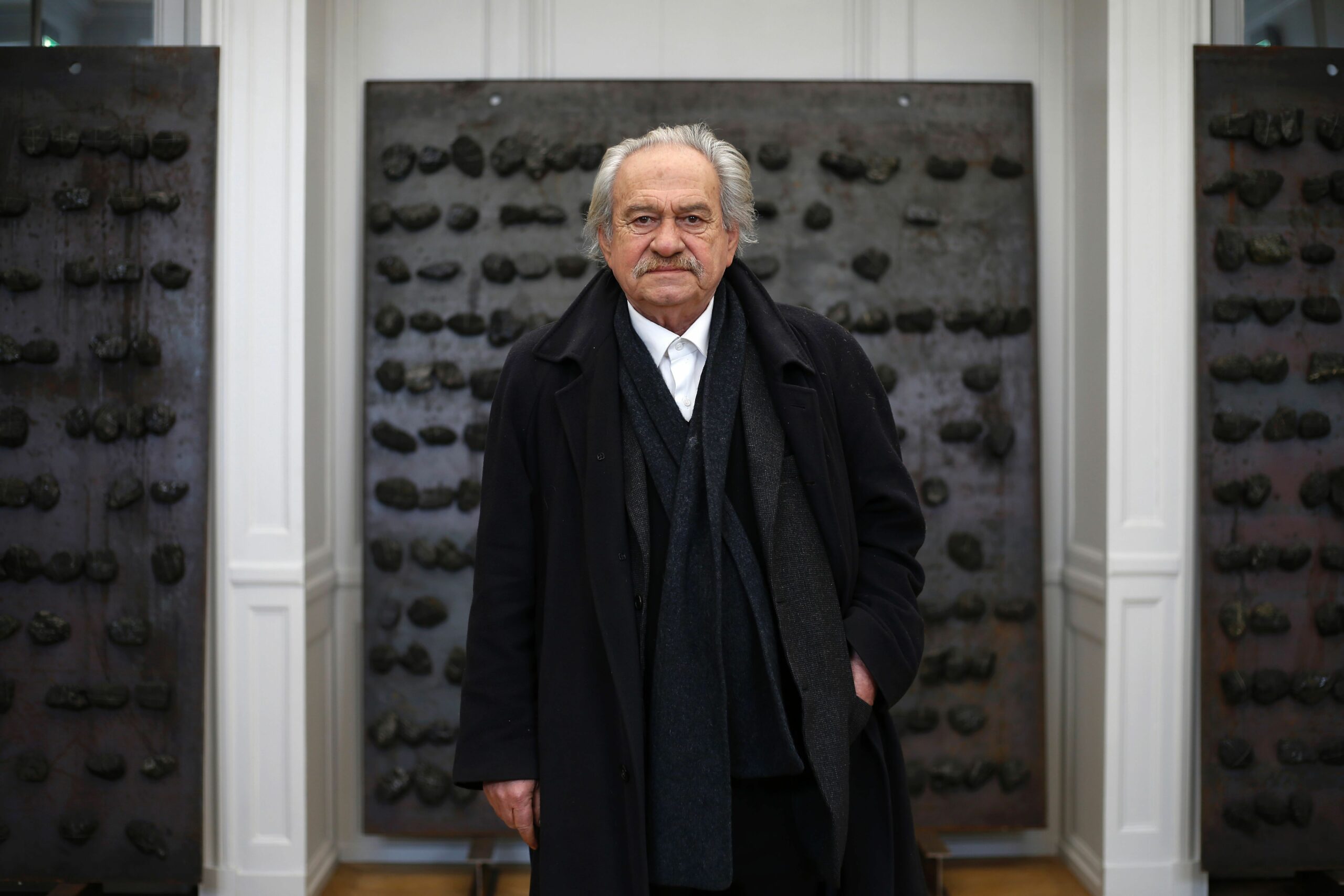
HENRI DE TOULOUSE-LAUTREC, Il Circo – Fantino. Litografia – Ed. 1905. Parigi (Francia)
There are cases when an artist manages to influence culture even after his death. It happened to Vincent van Gogh, who became famous after his death, but it also happened to Henri de Toulouse-Lautrec, an emblematic figure of the Belle Époque who left an impressive artistic legacy despite his short career.
Famous for works in which he depicted Parisian nightlife, Toulouse-Lautrec produced more than some 737 paintings, more than 4,748 drawings, a figure close to 270 watercolors, and also produced numerous prints and advertising posters, continually experimenting with new forms and techniques. His passion for graphic art, especially posters and lithographic prints, made a profound mark on the advertising industry, proving that art can be as much a means of communication as a form of personal expression.
Toulouse-Lautrec’s posthumous works
Continue reading






